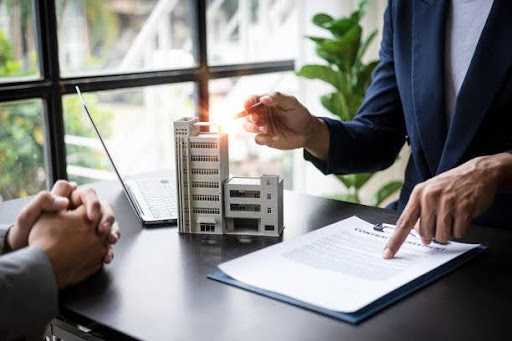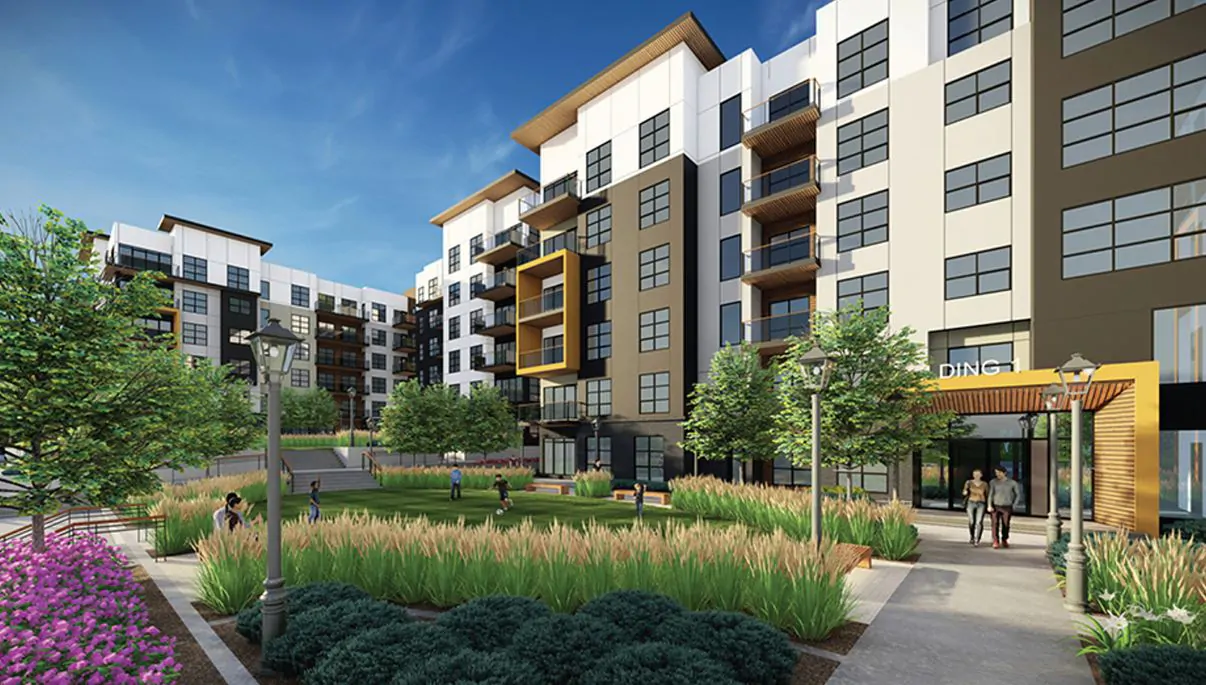In the ever-evolving landscape of workspaces, traditional office interior design is becoming a thing of the past. Companies, both big and small, are increasingly recognizing the importance of creating innovative and dynamic environments to foster productivity and success. The days of individual cubicles and plain walls are being replaced by open and inspiring workspaces by partnering with corporate office interior design firms that prioritize collaboration and employee well-being.
While larger corporations have readily embraced this shift, startups and medium-scale companies often question the science behind modern office interior design and its potential impact on work productivity.
Here we aim to dispel any doubts by delving into the facts that support the role of contemporary office interior design in driving productivity to new heights. Whether you’re a business owner, an employee, or simply curious about the power of office design, join us as we explore the compelling reasons behind this transformative trend. Get ready to discover how the right office environment can positively influence work performance, employee engagement, and overall success.
Various elements of contemporary office design
In today’s fast-paced and competitive business world, maximizing work productivity is crucial for organizations to stay ahead. One often overlooked aspect that can significantly influence productivity is office interior design. The way a workspace is designed and organised can have a profound impact on employee well-being, collaboration, focus, and overall performance. Let’s explore the various elements of contemporary office interior design and their direct correlation with work productivity.
I. Ergonomics: Creating Comfortable Workspaces
a. Ergonomic Furniture: Investing in adjustable chairs, standing desks, and ergonomic accessories promotes proper posture and reduces physical discomfort, leading to increased productivity.
b. Proper Lighting: Incorporating natural light and adjustable artificial lighting not only enhances the aesthetic appeal but also reduces eye strain and fatigue, improving concentration and alertness.
II. Spatial Layout: Enhancing Collaboration and Communication
a. Open-Plan Spaces: Removing physical barriers and creating open work environments encourages interaction, idea sharing, and teamwork, fostering a sense of community and boosting productivity.
b. Collaborative Zones: Designating specific areas for collaboration, such as breakout rooms, lounge areas, or brainstorming zones, promotes creativity and encourages spontaneous discussions, resulting in innovative solutions and increased productivity.
III. Color Psychology: Influencing Mood and Focus
a. Calming Colors: Incorporating shades of blue and green in office design creates a soothing ambiance, reducing stress levels and promoting a calm and focused mindset.
b. Energising Colors: Hints of vibrant colors like yellow and orange can inject energy and enthusiasm into the workspace, stimulating creativity and productivity.
IV. Biophilic Design: Connecting with Nature
a. Indoor Plants: Integrating plants in the office environment not only enhances aesthetics but also improves air quality, reduces noise levels, and boosts overall well-being and productivity.
b. Nature-Inspired Elements: Incorporating natural textures, materials, and patterns in the corporate office interior design, such as wooden accents or water features, evokes a sense of tranquillity and improves cognitive function.
V. Technology Integration: Streamlining Work Processes
a. Smart Systems: Implementing intelligent technologies, such as automated lighting and temperature control, improves comfort and efficiency, allowing employees to focus on their tasks without distractions.
b. Seamless Connectivity: Ensuring a robust IT infrastructure and providing easy access to technology tools and resources enables efficient communication, collaboration, and information sharing, enhancing productivity.
VI. Personalization: Fostering a Sense of Ownership
a. Flexible Workstations: Allowing employees to customize their workstations based on their preferences and needs empowers them, creating a sense of ownership and boosting morale, resulting in increased productivity.
b. Personalized Spaces: Providing designated areas for personalization, such as bulletin boards or display shelves, allows employees to showcase their achievements or personal items, fostering a positive work environment and a stronger sense of belonging.
How can organizations leverage modern office interior design to enhance employee performance and overall productivity?
In today’s competitive business landscape, organizations are increasingly realising the vital role that office interior design plays in optimizing employee performance and overall productivity. Gone are the days of sterile and uninspiring workspaces. Modern office interior design goes beyond aesthetics to create an environment that fosters collaboration, creativity, and employee well-being. In this article, we will explore five key points highlighting how organizations can leverage contemporary corporate office interior design to enhance productivity and unlock their team’s full potential.
1. Ergonomics: Prioritising employee well-being
Investing in ergonomic furniture, such as adjustable desks and chairs, promotes good posture, reduces the risk of musculoskeletal issues, and enhances overall comfort. Ergonomically designed workstations contribute to reduced physical strain, enabling employees to work more efficiently and productively.
2. Spatial Layout: Encouraging collaboration and interaction
Open-plan office layouts and strategically placed collaborative areas facilitate easy communication, idea-sharing, and teamwork. Breaking down physical barriers and creating spaces for collaboration not only fosters a sense of community but also enables efficient collaboration, leading to improved productivity.
3. Natural Light and Lighting Design: Boosting energy and focus
Integrating ample natural light into office spaces has been proven to enhance mood, increase alertness, and boost productivity. Additionally, well-designed lighting systems that allow for adjustable brightness and colour temperature can create a more comfortable and focused work environment, reducing eye strain and fatigue.
4. Color Psychology: Influencing mood and productivity
Colors have a significant impact on our emotions and cognitive function. Incorporating carefully chosen colors into office design can have a positive effect on employee mood, motivation, and productivity. For example, blues and greens can promote calmness and concentration, while vibrant colors like yellow and orange can stimulate creativity and energy.
5. Biophilic Design: Connecting with nature for improved well-being
Biophilic design incorporates elements of nature into the workspace, such as indoor plants, natural materials, and views of the outdoors. Studies have shown that exposure to nature in the workplace can reduce stress, increase focus, and enhance overall well-being, resulting in higher levels of productivity.
Modern office interior design has evolved beyond mere aesthetics to become a strategic tool for optimizing productivity. By prioritizing ergonomic considerations, creating collaborative spaces, harnessing the power of natural light, utilizing color psychology, and integrating biophilic design elements, organizations can create an environment that inspires and supports their workforce. By recognizing and implementing these key points, businesses can empower their employees, enhance their performance, and achieve greater productivity in the dynamic and fast-paced modern work environment.
Final thoughts:
Contemporary corporate office interior design goes beyond aesthetics, playing a crucial role in improving work productivity. By prioritizing ergonomics, spatial layout, color psychology, biophilic design, technology integration, and personalization, organizations can create a conducive environment that supports employee well-being, collaboration, focus, and overall performance. By investing in modern office interior design, businesses can unlock the potential of their workforce and gain a competitive edge in today’s dynamic work landscape.










